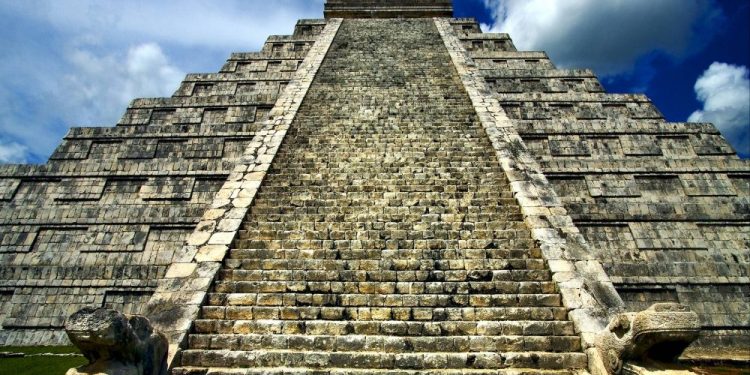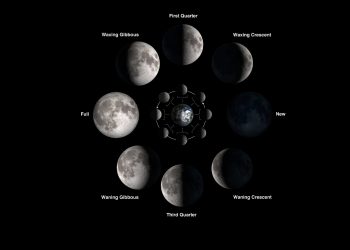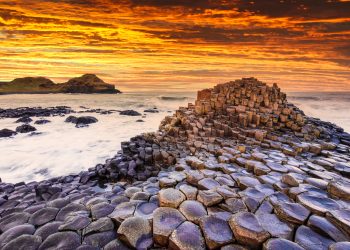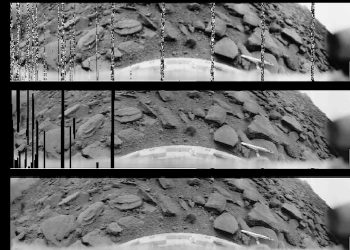The Yucatan Peninsula was once inhabited by some of the most advanced Pre-Colombian Mesoamerican civilizations. Therefore, it should come as no surprise that most of the ancient sites we will discuss belonged to the Mayans. The following locations are scattered throughout Mexico and Belize although there are numerous other Mayan ancient sites outside the Yucatan Peninsula that fall out of our current category.
Coba Archaeological Zone (Mexico)
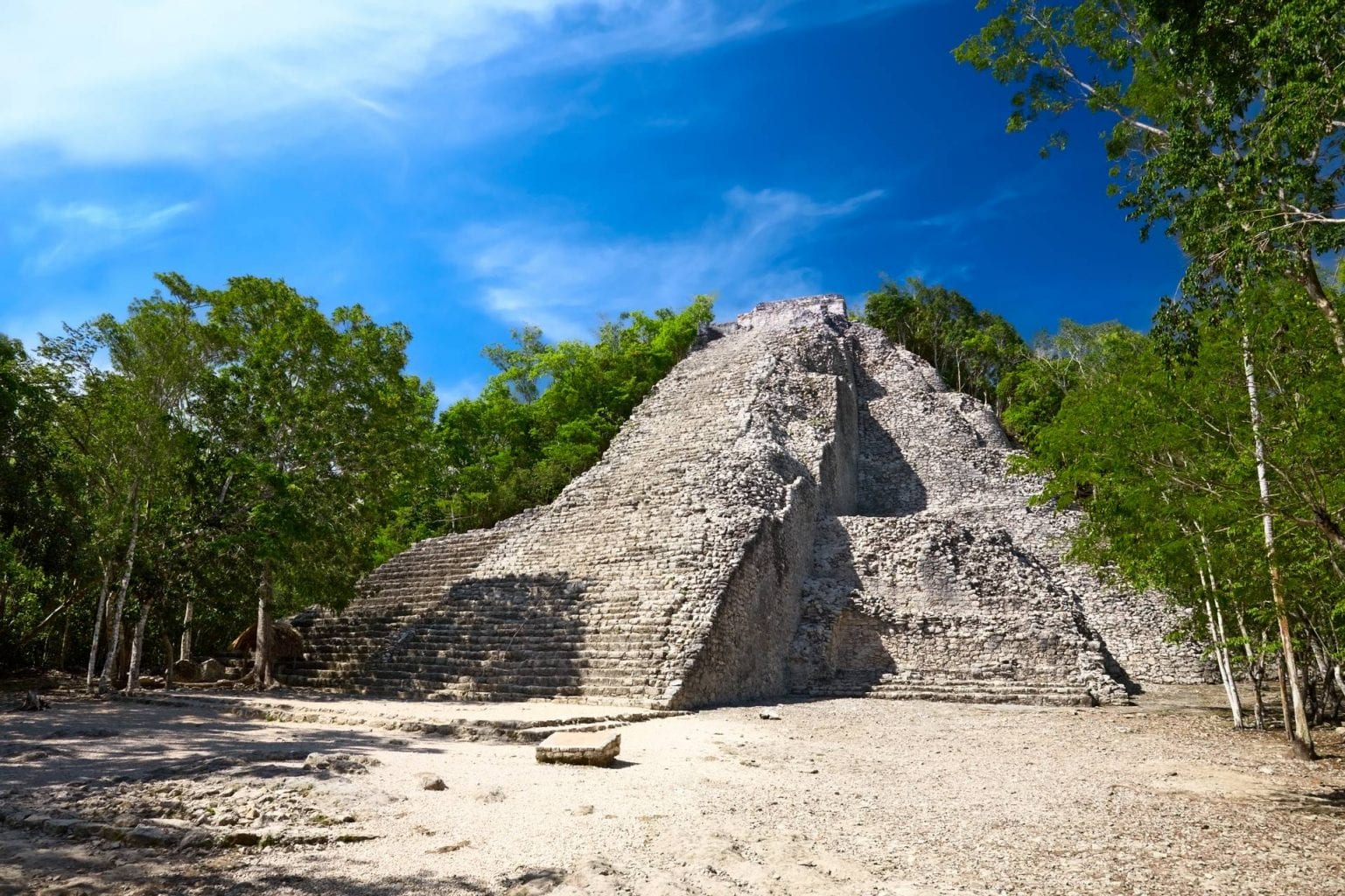
Coba is a large archaeological site belonging to the pre-Columbian Mayan civilization. Scientists have found that during its peak, Coba had at least 50,000 inhabitants, with a built-up area of approximately 80 square meters.
The archeological complex includes the ruins of buildings for various purposes, including numerous temples, an ancient gallery of carved stelae, an astronomical observatory, and a playfield for the traditional Maya ball game.
An interesting fact is that currently only a small part of the archeological site has been discovered by the jungle and restored by archaeologists.
Ek Balam Archaeological Zone (Mexico)
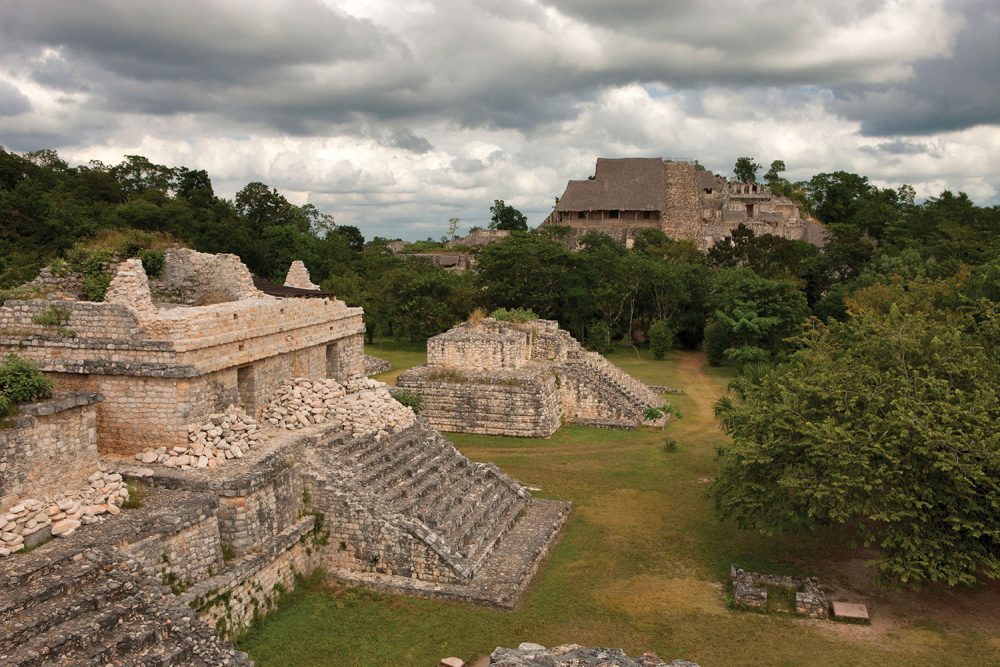
Ek Balam is where most of the recent major archaeological discoveries in Mexico occurred. This is due to the simple fact that it is the last ancient city to be discovered and excavations continue to this day.
While it is the most recent, it is also one of the most impressive archaeological sites in the Yucatan peninsula, mostly known for the enormous main temple – 500 feet long and 200 feet wide. The structures in Ek Balam are impressively well-preserved and continue to reveal more about the history of the Mayans.
To me, this is one of those locations that I would like to visit on several occasions in the span of a decade, for example. Go now, and you will see an outstanding Mayan city. Repeat your visit 10 years from now, and you will see a completely different site due to the continuous excavations that unravel more and more on a yearly basis.
Chichen Itza (Mexico)
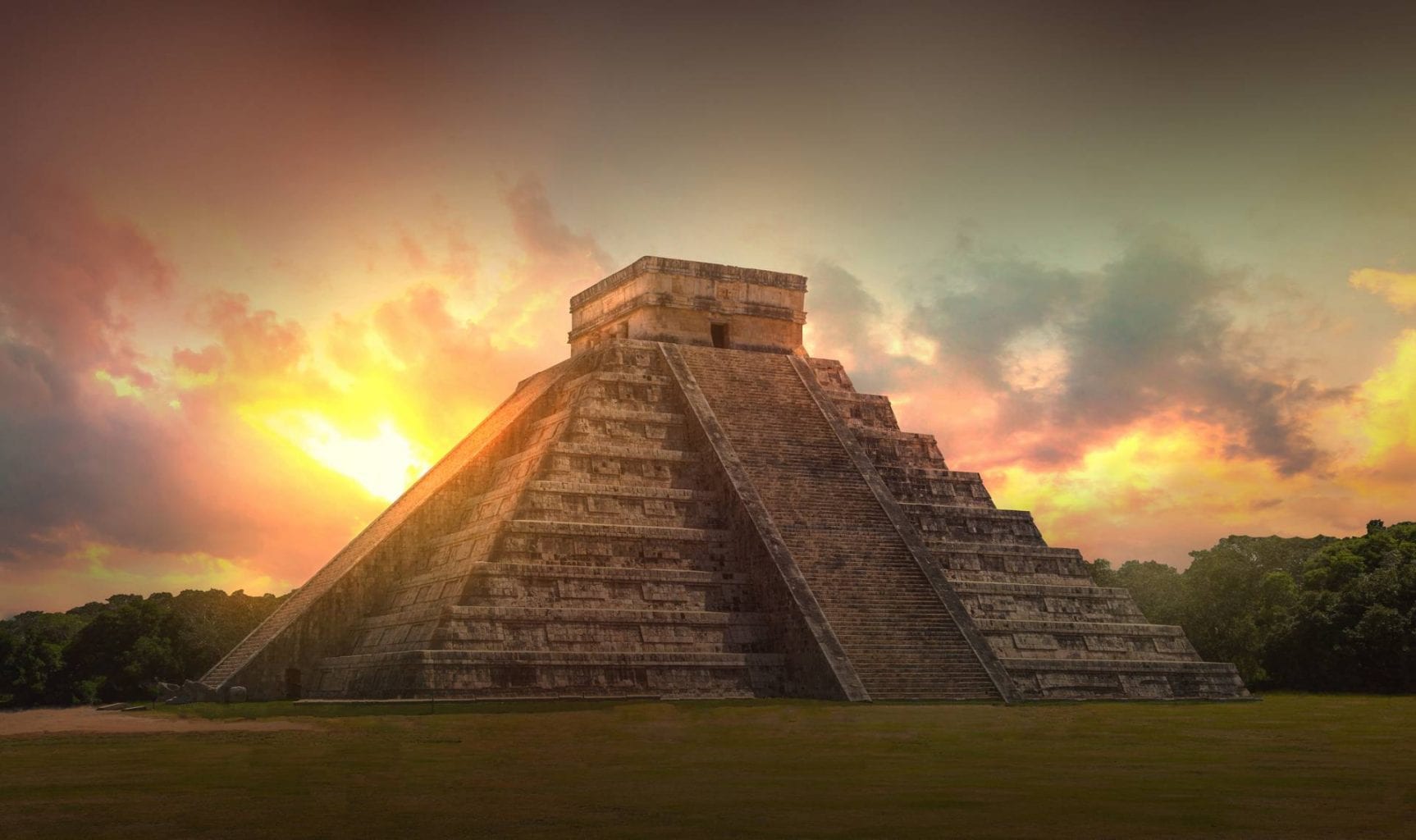
Undoubtedly the most famous ancient site in the Yucatan Peninsula, Chichen Itza is one absolute historical heaven. It is known for a wide variety of architectural styles. This city was attractive to residents because there were two deep cenotes, which provided the population with water all year round. One of these natural wells is the Sacred Cenote, a place of sacrifice and pilgrimage for the ancient Maya. Chichen Itza is very popular with tourists, with over 1.2 million visitors annually.
Tulum Ruins (Mexico)
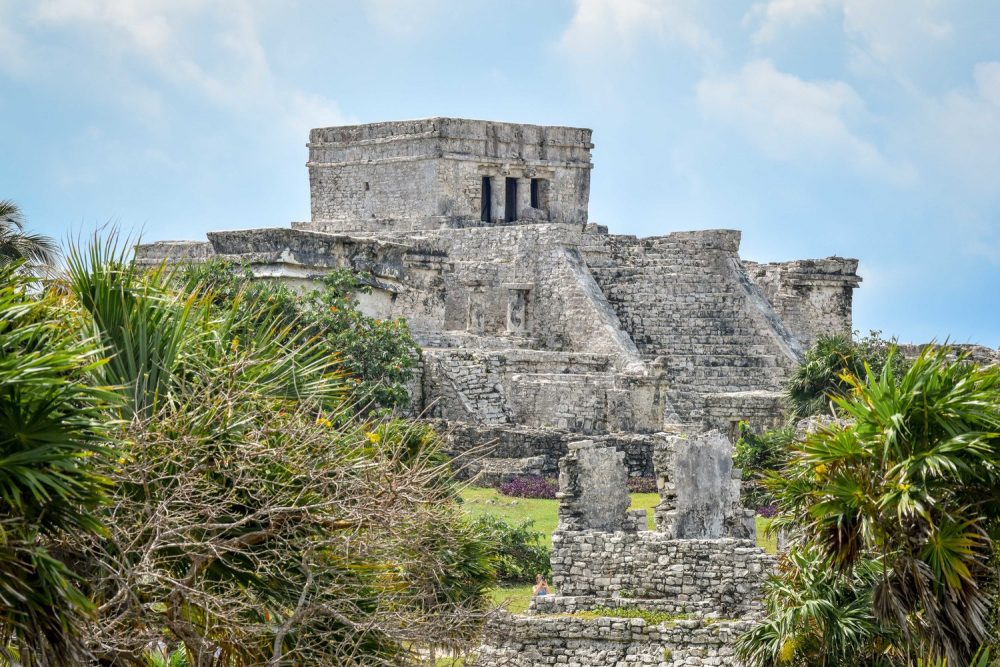
The fortified city of Tulum, which served as a port for the city of Coba, is located on the east coast of the Yucatan Peninsula. It was built in 1200, at a time when the Mayan civilization was already in decline. Therefore, it lacks some of the elegance and grace in architecture characteristic of the classical period of development. But the unique location on the shores of the Caribbean Sea, the proximity of numerous beaches, and Mexican resorts made the Mayan port city of Tulum very popular among tourists.
Calakmul Mayan Ruins (Mexico)
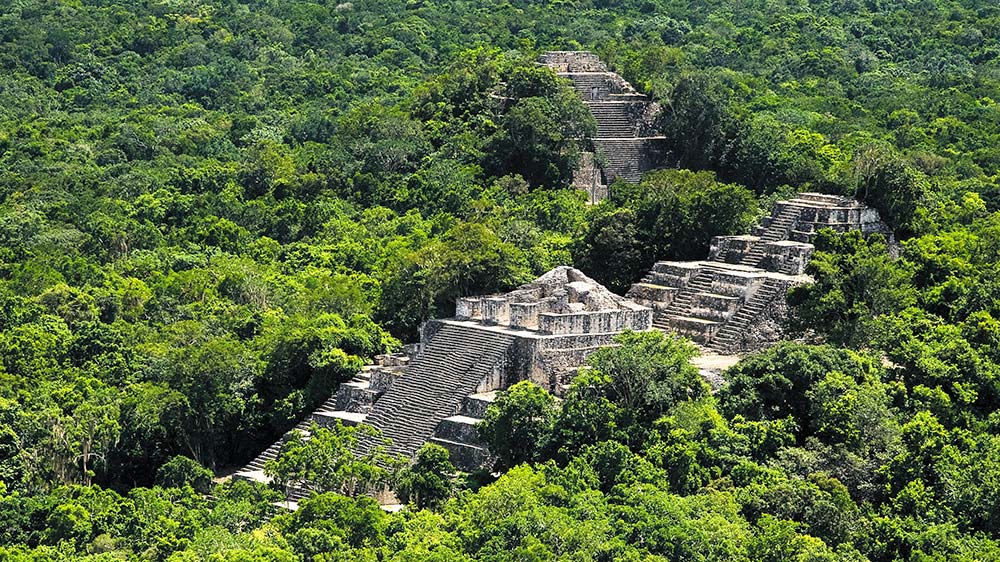
The ancient ruins of the city of Calakmul are hidden in the jungle. It is one of the largest Mayan cities known to archaeology. More than 6,500 buildings have been discovered in an area of about 20 square kilometers. The largest pyramids reach a height of 50 meters and a base width of 140 meters.
Called the Serpent Kingdom, Calakmul spread its active influence over a radius of several hundred kilometers until their tough rivalry with Tikal during the classical period brought the decline of this marvelous city.
Uxmal Mayan Ruins (Mexico)
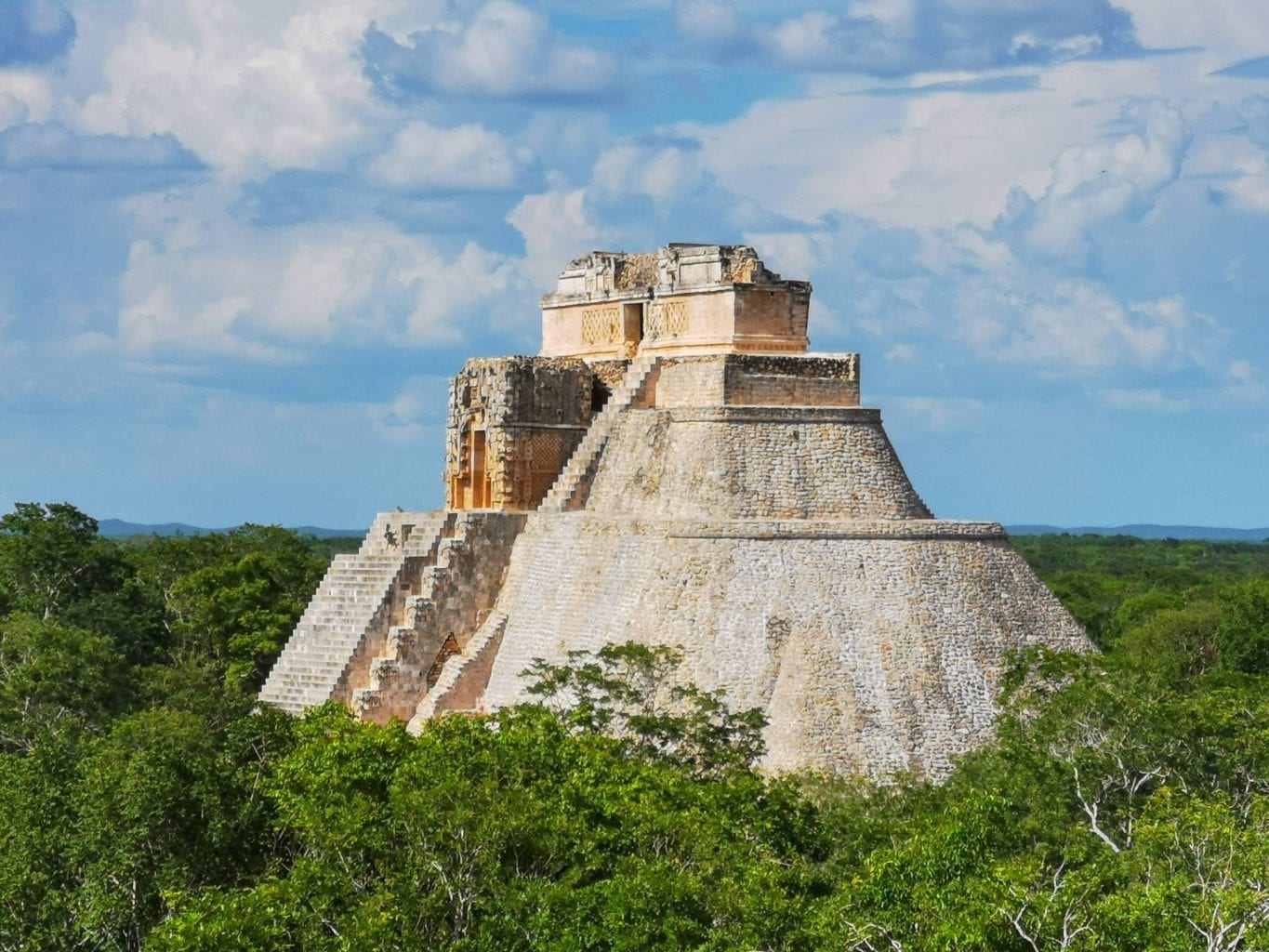
The Mayan ruins of Uxmal are located 62 kilometers from Merida, the administrative center of the state of Yucatan. The ruins are famous for their size and the decoration of the buildings. But little is known about them since no significant archaeological research has been carried out here. Uxmal was founded in 500 AD. Most of the surviving buildings date back to 800 – 900 AD, the pyramids and various structures can be observed in almost pristine form. The Puuc architectural style prevailing here is distinguished by a variety of decorations on the facades of buildings.
Lamanai Archaeological Reserve (Belize)
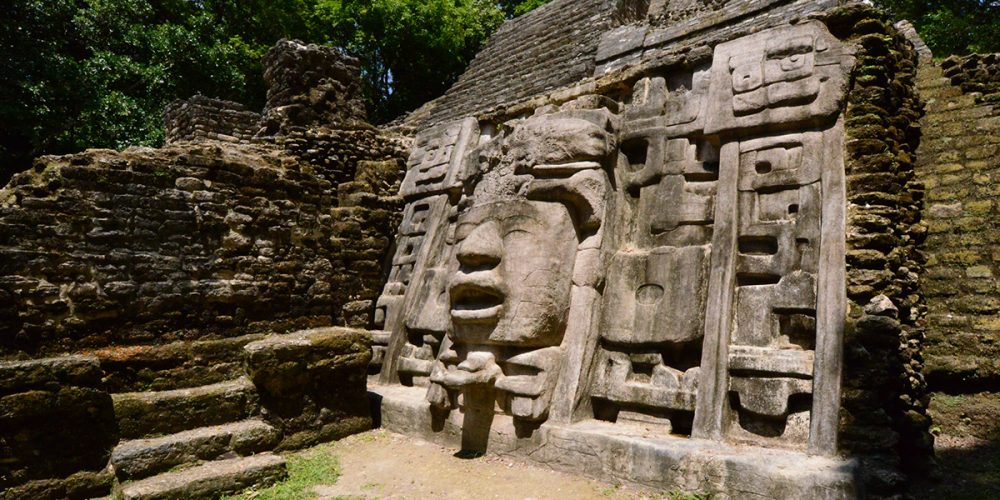
The ruins of Lamanai are located on the shores of a lagoon in Orange Walk in north-central Belize and it falls in the category of ancient sites in the Yucatan Peninsula although it is not in Mexico. In fact, all of the remaining ancient sites on our list are located in Belize.
Translated from the Mayan language, the name of the city, which has three thousand years of history, means “a drowned crocodile”. Unlike other Mayan cities, Lamanai was still inhabited when the Spanish conquistadors invaded in the 16th century. During excavations carried out in the 1970s, three significant structures were in the spotlight: the Temple of the Mask, the Jaguar Temple, and the High Temple.
Xunantunich Mayan Ruins (Belize)
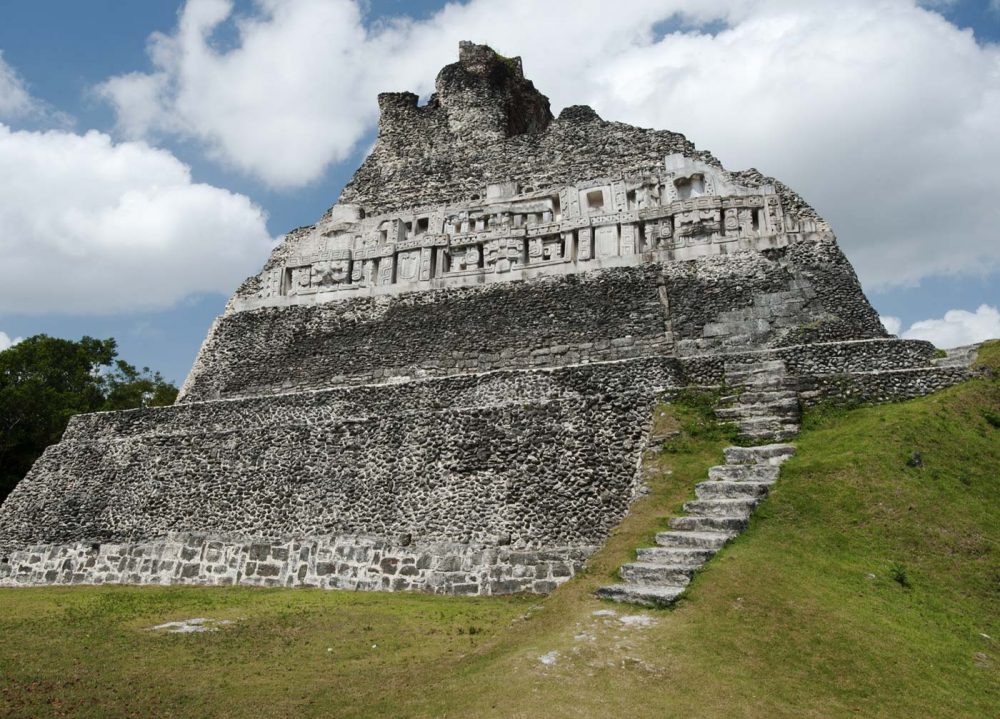
The name of this ancient archaeological site in translation means “Stone Woman”. It is connected with the history of Belizeans, according to which, allegedly since 1892, the ghost of a woman periodically appears in these places. A ghost in white robes with fiery red eyes climbs the stairs to the top of the main temple and dissolves through the wall. The ruins are located in the area of the village of San Jose Sukkots in the west of the country.
In this village, you need to take a small ferry to cross the Mopan River. Once you reach the ruins, do not deny yourself the opportunity to climb to the top of the Xunantunich Palace – a huge pyramid with a stunning view of the river valley.
Altun Ha (Belize)
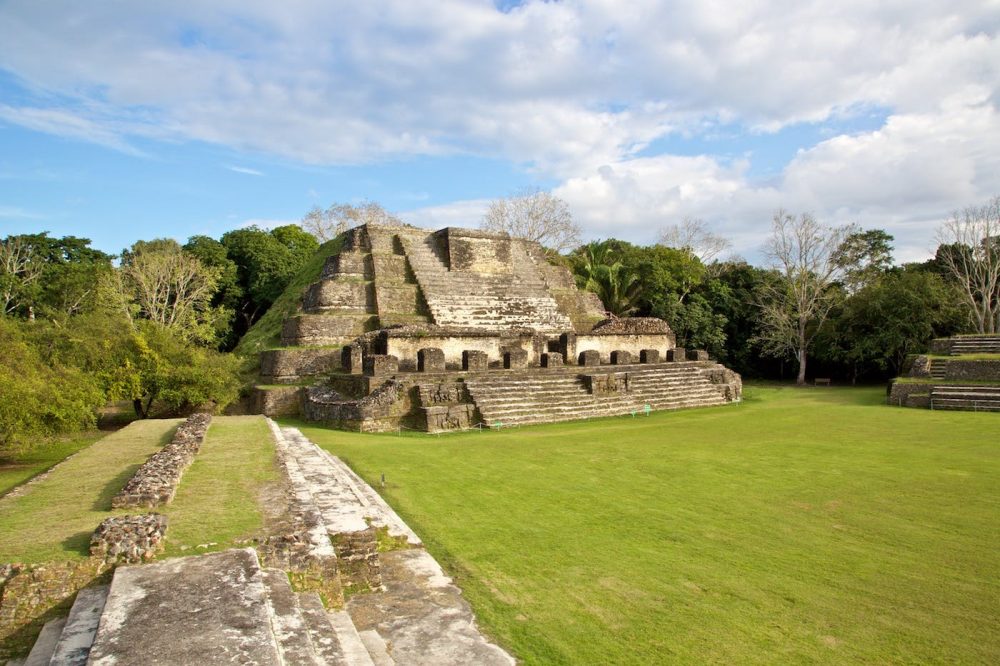
The Altun Ha Mayan Ceremonial and Trade Center is located 50 kilometers from Belize City. This area, located just 10 kilometers from the Caribbean coast, is known for its rich wildlife. Typical inhabitants of the local forests are armadillos, tapirs, agouti, foxes, and white-tailed deer.
In addition to the impressive wildlife, Altun-Ha is famous for artifacts found here by archaeologists from the Royal Ontario Museum. Among them is a huge jade statue depicting the head of the sun god Kinich Ahau. This find is considered today a national treasure of Belize.
Not only will you witness magnificent Mayan structures but you can also stumble upon beautiful wildlife species, in case you needed a second reason to visit.
Caracol Natural Monument Reservation (Belize)
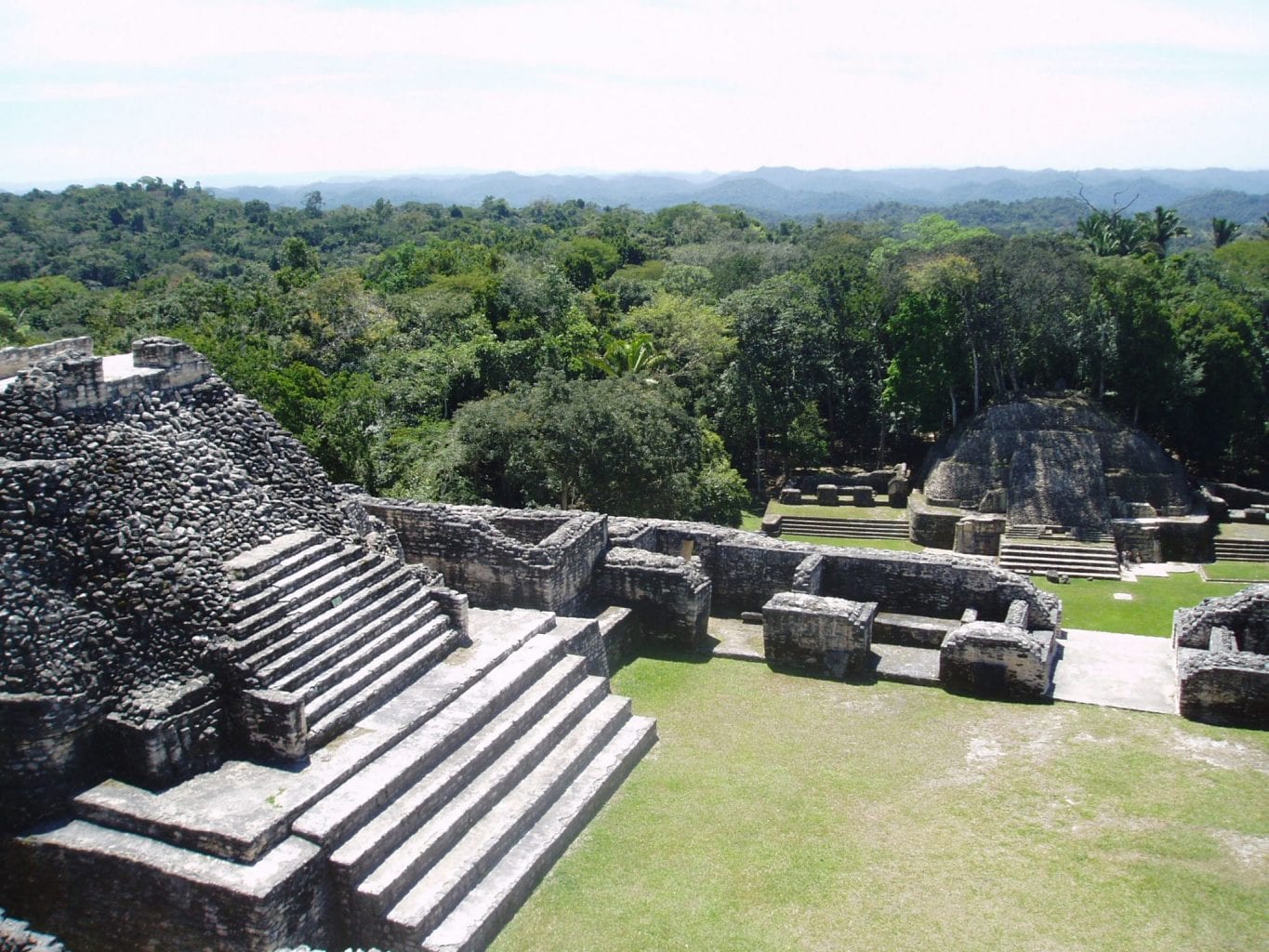
The large archaeological site of Caracol is located 40 kilometers south of Xunantunich in the Cayo District of Belize. The ruins stretch 500 meters above sea level on the Vaca Plateau. Caracol is now known as one of the most important political centers of the Mayan civilization during the classical period.
At one time, Caracol stretched over an area of over 200 square kilometers. This is more than the territory of modern Belize City – the largest city in the country. Even more surprising, the current population of Belize is only half of its ancient predecessors.
Join the discussion and participate in awesome giveaways in our mobile Telegram group. Join Curiosmos on Telegram Today. t.me/Curiosmos



